Grow A Bountiful Harvest Of Tomatoes And Peppers With Companion Planting
Grow a Bountiful Harvest of Tomatoes and Peppers with Companion Planting
Tomatoes and peppers are two of the most popular vegetables to grow in home gardens. They're both relatively easy to care for, and they can produce a bountiful harvest if you know what you're doing.
One of the best ways to ensure a successful tomato and pepper harvest is to use companion planting. Companion planting is the practice of planting certain plants together that benefit each other. This can help to improve the growth, health, and productivity of your plants.
There are many different companion plants that can be grown with tomatoes and peppers. Some of the most beneficial include:
- Basil: Basil is a classic companion plant for tomatoes. It helps to repel pests, attract pollinators, and improve the flavor of tomatoes.
- Marigolds: Marigolds help to deter pests, such as nematodes and aphids. They also help to improve the soil quality.

- Cucumbers: Cucumbers help to suppress weeds and attract pollinators. They also provide shade for the roots of tomatoes, which can help to prevent them from drying out.

- Onions: Onions help to repel pests, such as thrips and whiteflies. They also help to improve the flavor of tomatoes.

- Carrots: Carrots help to suppress weeds and improve the soil quality. They also provide shade for the roots of tomatoes, which can help to prevent them from drying out.

When planting tomatoes and peppers with companion plants, it's important to consider the size and growth habits of the plants. For example, basil is a relatively low-growing plant, so it can be planted between tomatoes or peppers. Marigolds and cucumbers, on the other hand, are taller plants, so they should be planted at the back of the garden.
It's also important to plant companion plants that have similar water and nutrient requirements. Tomatoes and peppers both need full sun and well-drained soil. They also need regular watering, especially during hot weather.
By following these tips, you can grow a bountiful harvest of tomatoes and peppers with companion planting.
[Main Content]
In addition to the companion plants listed above, there are many other plants that can be grown with tomatoes and peppers. Some of these include:
- Lettuce: Lettuce is a good companion plant for tomatoes because it helps to suppress weeds and improve the soil quality.
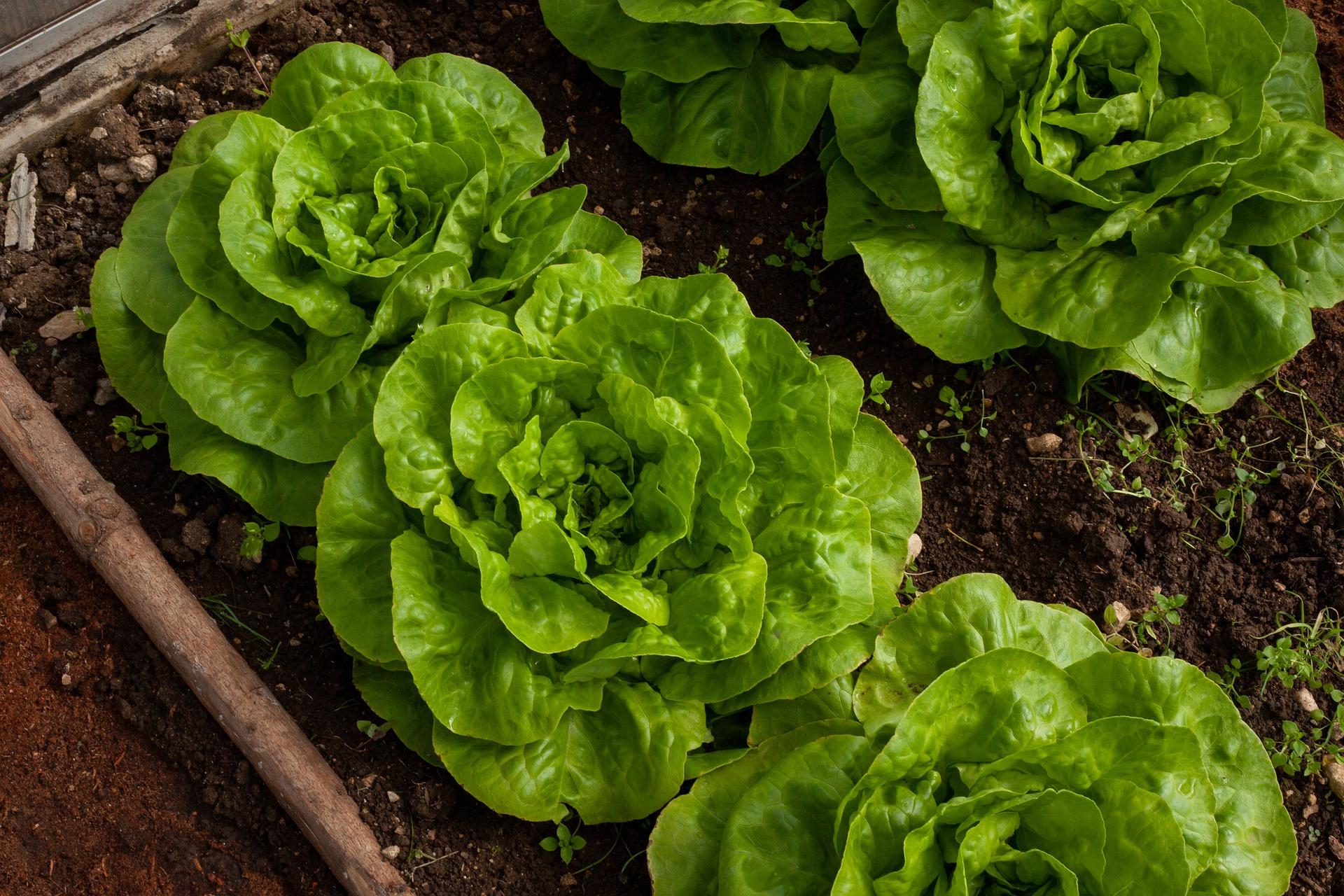
- Spinach: Spinach is another good companion plant for tomatoes. It's a low-growing plant that can be planted between tomatoes or peppers.
- Herbs: Many herbs are good companion plants for tomatoes and peppers. Some of the most beneficial include dill, oregano, and thyme.
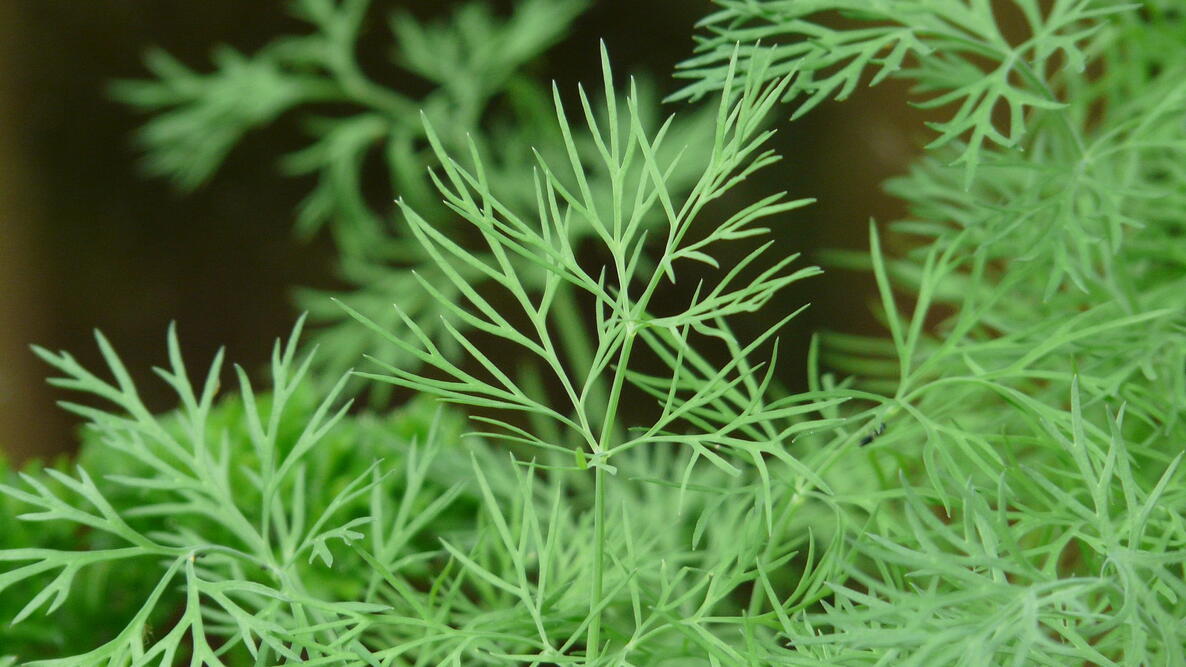
- Flowers: Some flowers can also be good companion plants for tomatoes and peppers. Some of the most beneficial include nasturtiums, zinnias, and sunflowers.

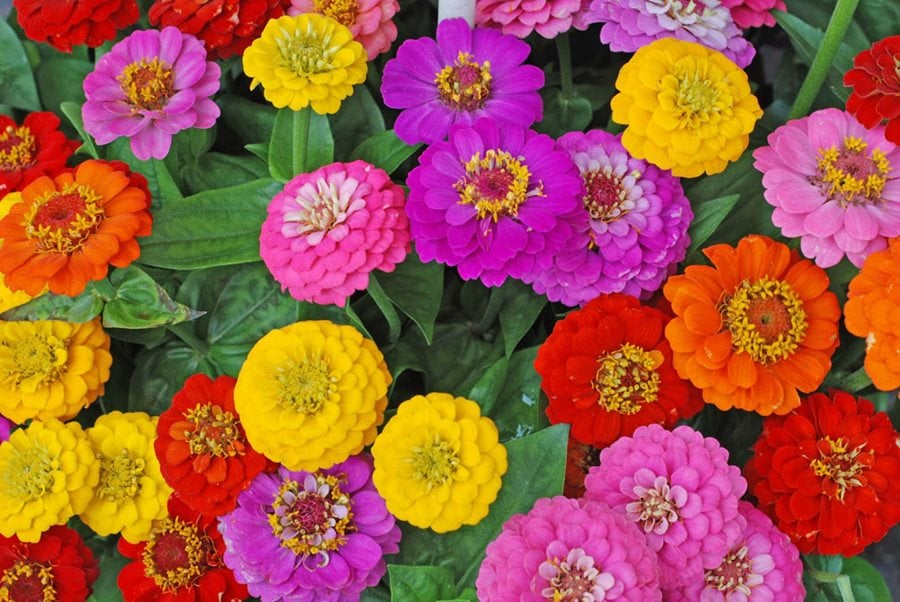
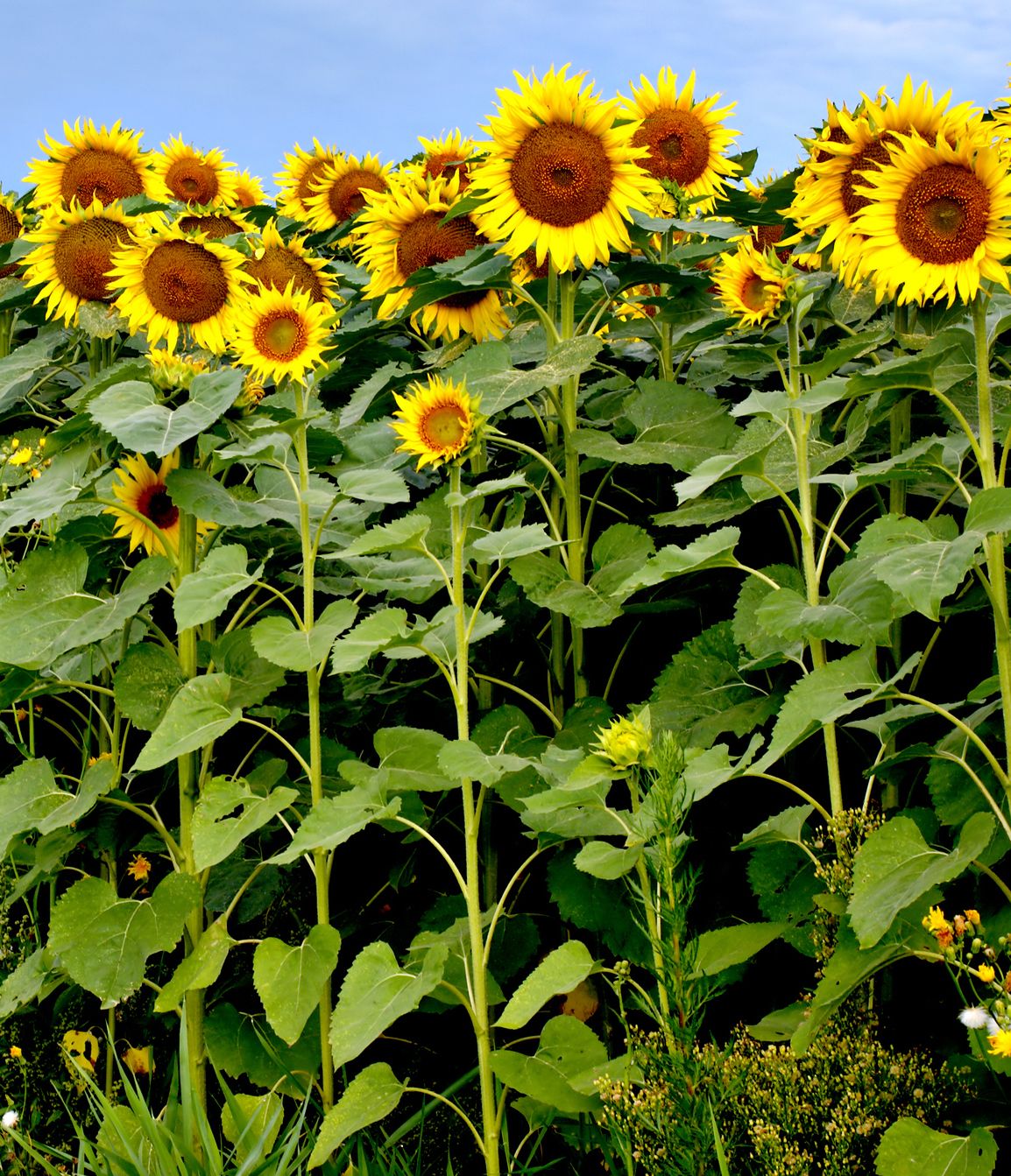
When choosing companion plants for tomatoes and peppers, it's important to do your research to make sure that the plants will benefit each other. There are many resources available online and in gardening books that can help you to choose the right companion plants for your garden.
[Conclusion]
Companion planting is a great way to improve the growth, health, and productivity of your tomato and pepper plants. By planting the right companion plants together, you can help to deter pests, attract pollinators, improve the soil quality, and more.
If you're looking for a way to boost your tomato and pepper harvest, companion planting is a great option. With a little planning, you can easily create a thriving garden that will produce delicious vegetables all season long.
Are you looking to grow a bumper crop of tomatoes and peppers this year? If so, you'll want to consider companion planting. Companion planting is the practice of planting certain plants together in order to benefit each other. For example, tomatoes and peppers can make great companion plants, as they have similar growing needs and can help to deter pests.
Here are some of the benefits of companion planting tomatoes and peppers:
- Maximized yields: When you plant tomatoes and peppers together, you can maximize your yields from a small space. This is because both plants can be trellised to save space, and they both benefit from the same nutrients and water.
- Optimized soil conditions: Tomatoes and peppers can help to optimize soil conditions for each other. Tomatoes release nitrogen into the soil, which peppers can use. Peppers, on the other hand, release chemicals that can help to suppress soil-borne diseases.
- Concentrated water and nutrient needs: Tomatoes and peppers have similar water and nutrient needs, so they can help to concentrate these resources in one area of the garden. This can save you time and water, as you won't have to water and fertilize as often.
- Attracting the same pollinators: Tomatoes and peppers attract the same pollinators, such as bees and butterflies. This can help to increase pollination and fruit set.
If you're interested in learning more about companion planting tomatoes and peppers, I recommend visiting Garden Wiki. This website provides a wealth of information on companion planting, including a list of plants that are compatible with tomatoes and peppers.
FAQ of tomato pepper companion planting
Question 1: What are some good companion plants for tomatoes and peppers?
Answer: Tomatoes and peppers are both members of the nightshade family, so they have similar growing requirements. Some good companion plants for tomatoes and peppers include:
- Basil: Basil helps to deter pests, such as aphids and whiteflies. It also improves the flavor of tomatoes.
- Chives: Chives repel harmful nematodes, which can damage tomatoes and peppers.
- Marigolds: Marigolds attract beneficial insects, such as ladybugs and lacewings, which help to control pests.
- Onions: Onions repel root-knot nematodes, which can damage tomatoes and peppers.
- Spinach: Spinach provides shade for tomatoes and peppers, which can help to protect them from sunburn.
Question 2: What are some plants that should not be planted near tomatoes and peppers?
Answer: Some plants that should not be planted near tomatoes and peppers include:
- Cucumbers: Cucumbers and tomatoes compete for the same nutrients, so planting them together can stunt their growth.
- Melons: Melons and tomatoes compete for the same nutrients, so planting them together can stunt their growth.
- Potatoes: Potatoes and tomatoes can transmit a disease to each other called potato blight.
- Sage: Sage can inhibit the growth of tomatoes.
- Strawberries: Strawberries can attract pests that can also damage tomatoes and peppers.
Question 3: How far apart should tomatoes and peppers be planted?
Answer: Tomatoes and peppers should be planted at least 2 feet apart. This will give them enough space to grow and prevent them from competing for resources.
Question 4: What are some tips for companion planting tomatoes and peppers?
Answer: Here are some tips for companion planting tomatoes and peppers:
- Plant your tomatoes and peppers in a sunny location with well-drained soil.
- Add compost or manure to the soil before planting to improve fertility.
- Water your tomatoes and peppers regularly, especially during hot, dry weather.
- Fertilize your tomatoes and peppers every few weeks with a balanced fertilizer.
- Monitor your plants for pests and diseases and take steps to control them as needed.
Question 5: What are the benefits of companion planting tomatoes and peppers?
Answer: Companion planting tomatoes and peppers can offer a number of benefits, including:
- Increased yields: Companion plants can attract beneficial insects, which can help to control pests and improve pollination. This can lead to increased yields of tomatoes and peppers.
- Improved plant health: Companion plants can help to deter pests and diseases, which can improve the health of tomatoes and peppers.
- Enhanced flavor: Companion plants can enhance the flavor of tomatoes and peppers.
Image of tomato pepper companion planting
5 different images of "tomato pepper companion planting" from Pinterest:
Basil is a great companion plant for tomatoes because it helps to deter pests and attract pollinators. It also has a similar growing requirement as tomatoes, so they can be planted together without competing for resources.
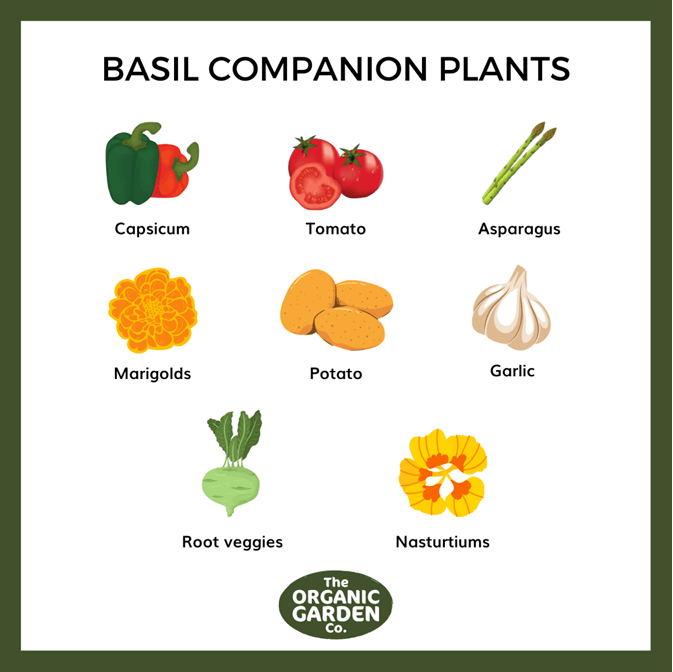
Chives are another great companion plant for tomatoes because they help to repel pests like aphids and spider mites. They also have a strong scent that can help to mask the smell of tomatoes, which can deter some pests.

Marigolds are a popular companion plant for many vegetables, including tomatoes. They help to deter pests like nematodes, whiteflies, and thrips. They also have bright flowers that can add some color to your garden.

Lettuce is a good companion plant for tomatoes because it helps to suppress weeds and improve the soil structure. It also doesn't require a lot of space, so it can be planted in between tomato plants.
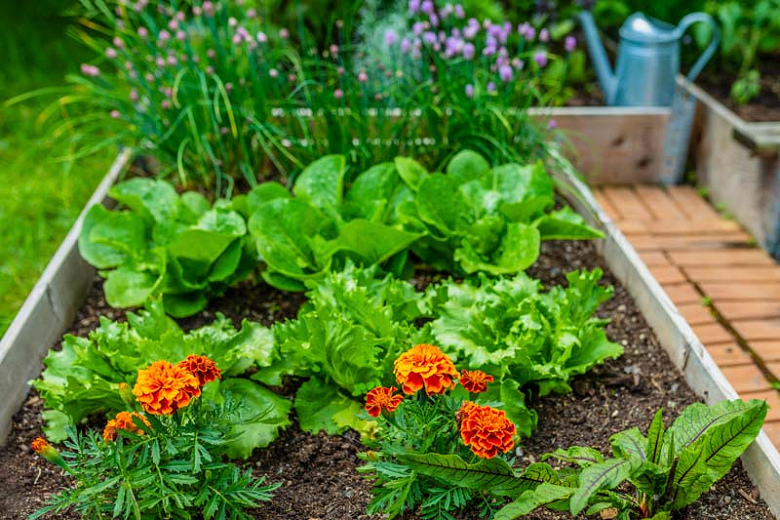
Nasturtiums are a beautiful and colorful companion plant for tomatoes. They help to deter pests like aphids and whiteflies. They also have edible flowers and leaves that can be used in salads or as garnishes.

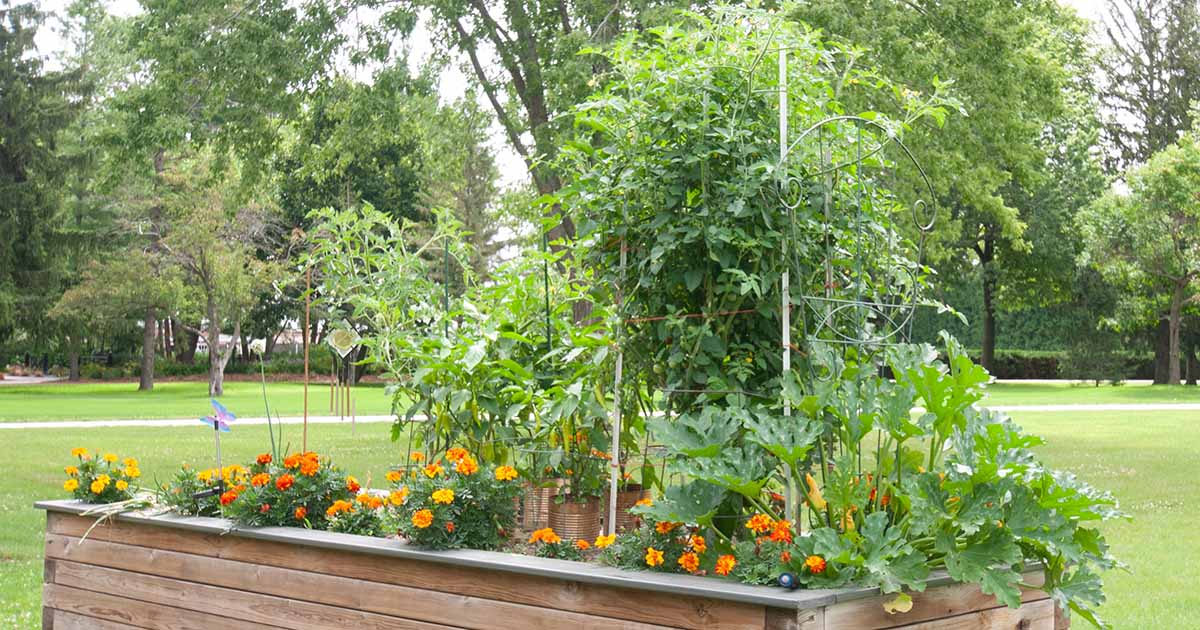
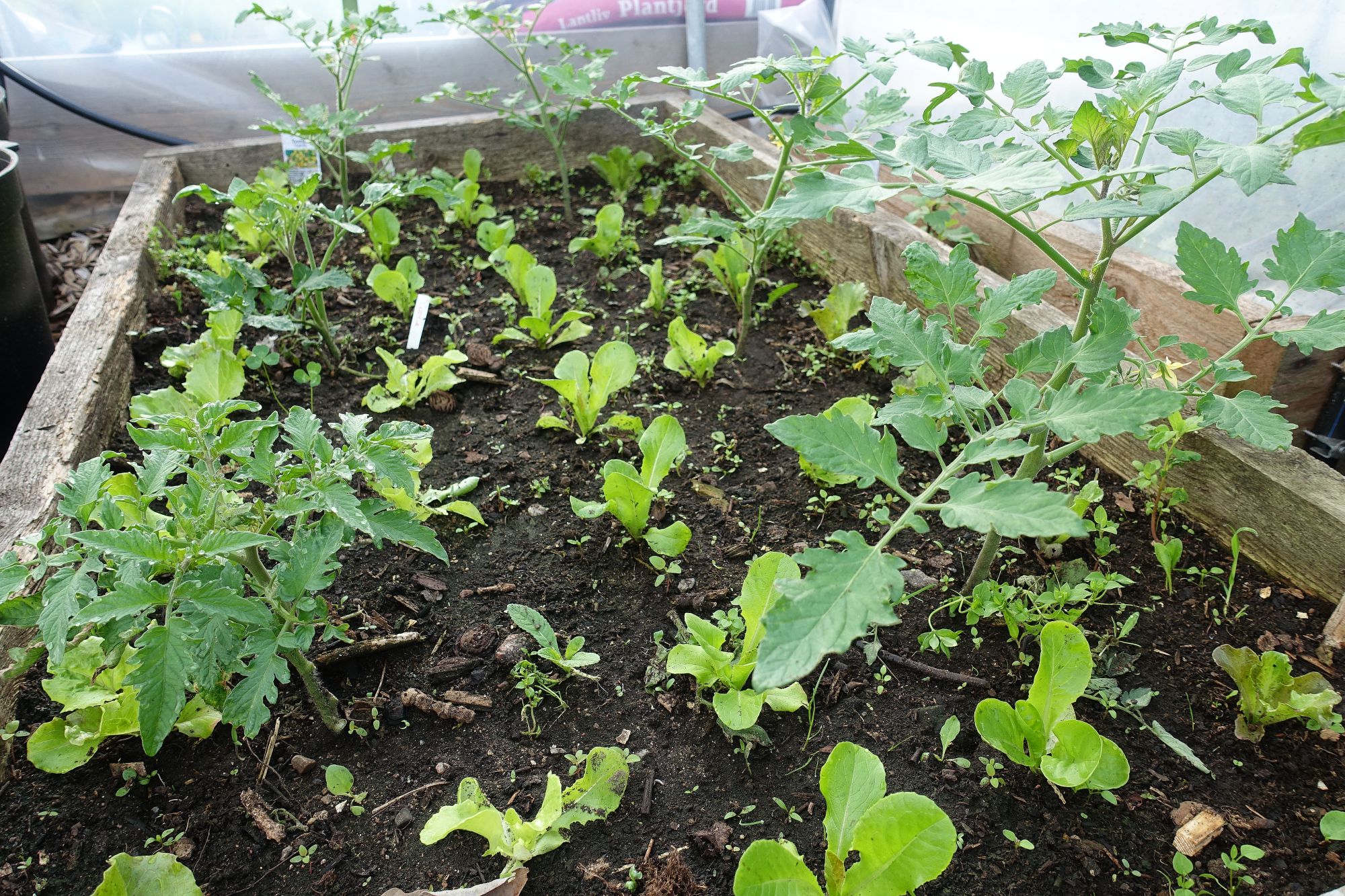
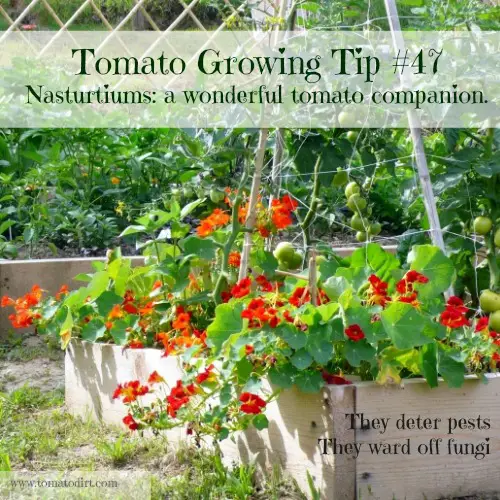
Post a Comment for "Grow A Bountiful Harvest Of Tomatoes And Peppers With Companion Planting"